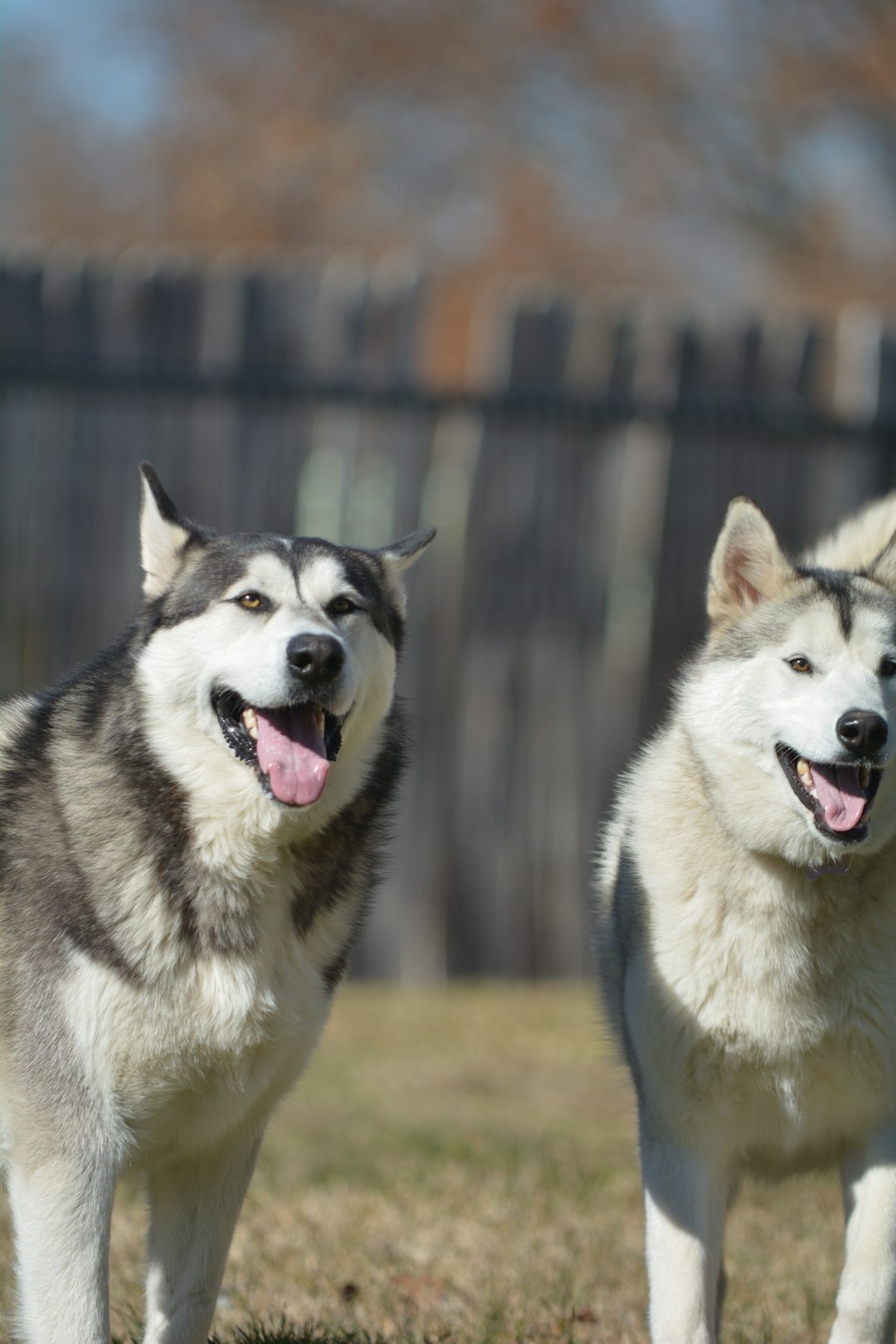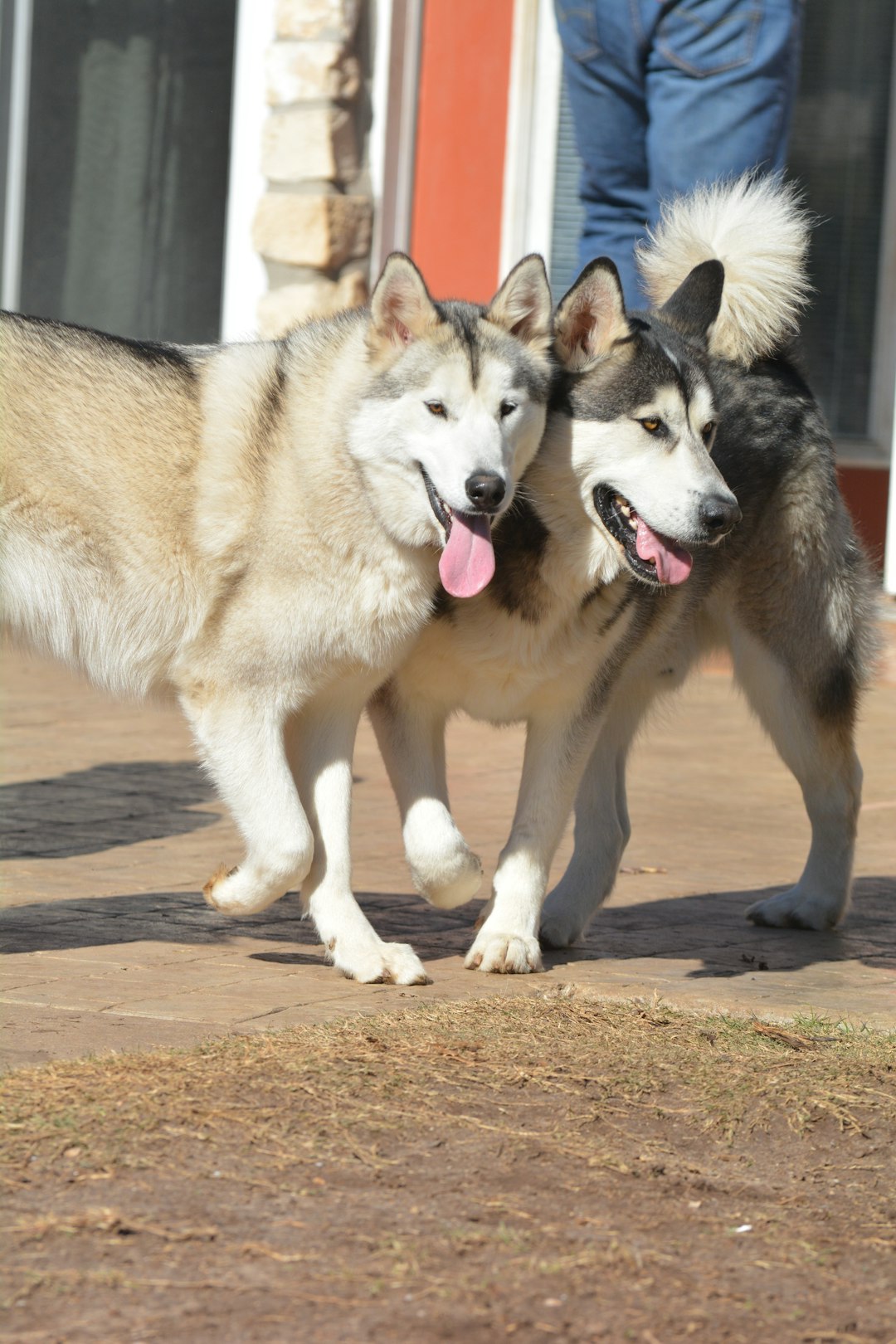Picture this: your furry friend, a bundle of joy and mischief, zooming around the house like a tiny tornado. To tame that whirlwind, many savvy pet owners are turning to the concept of a dog in playpen. It’s not just a trendy pet accessory; it’s a fortress of safety, where your pup can frolic without turning your living room into a war zone. With the right playpen, you’ll transform chaos into calm and have a much better shot at keeping your sanity—plus, your shoes intact!
Understanding the Importance of a Playpen for Dogs
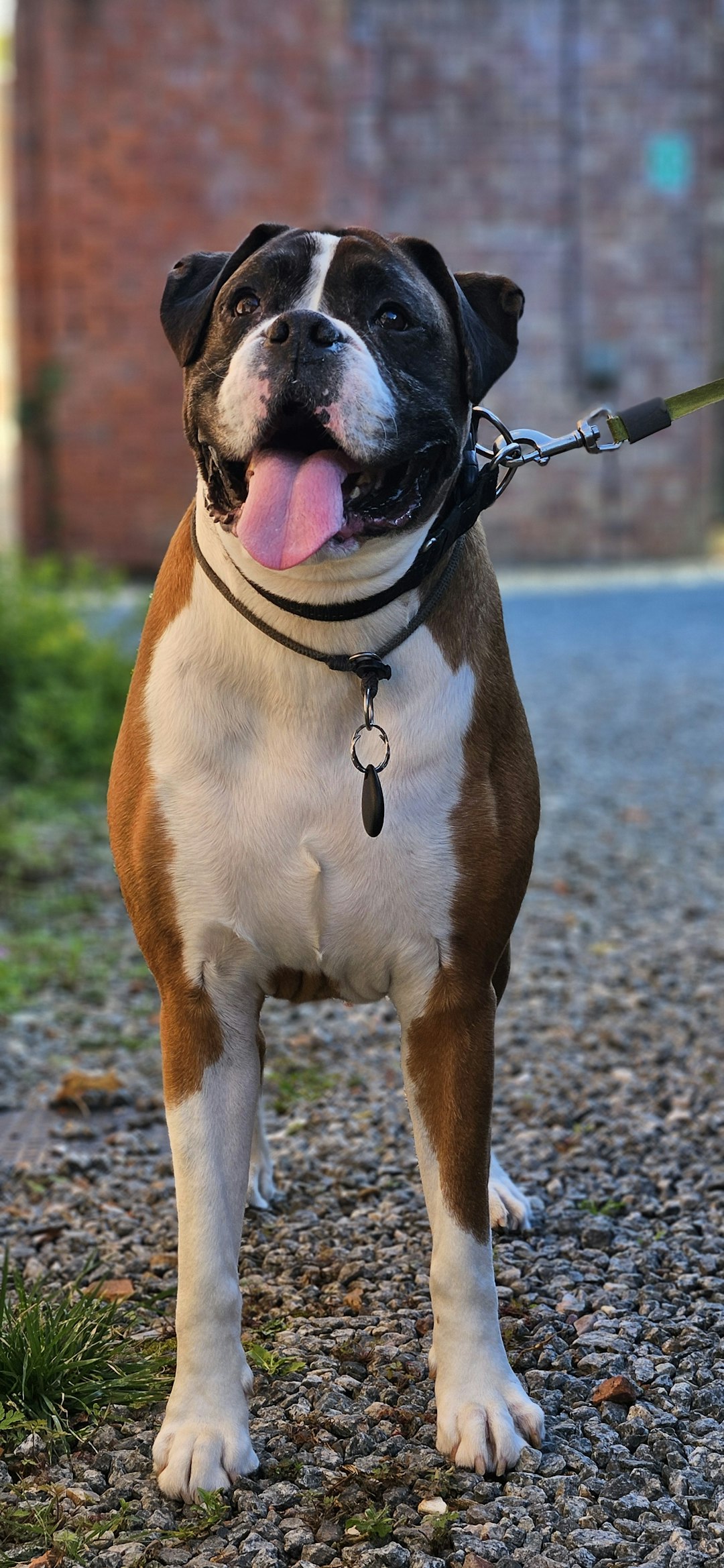
Let’s face it, a Dog in Playpen is like a VIP lounge for furry friends—only, instead of serving overpriced cocktails, it serves up safety, security, and a splash of fun!
Here’s why a playpen is the unsung hero of the dog world:
- Safety First: Keeps your mischievous pooch from turning your living room into a modern art installation. Goodbye, shoes and pillows!
- Independence: Think of it as your dog’s own apartment. They can chill with their toys while you handle the chaos of daily life (like that mysterious noise from the kitchen).
- Socialization Space: A playpen allows your dog to greet visitors without jumping all over them. Because, let’s be honest, not everyone appreciates a slobbery welcome.
- Train Time: Use this controlled environment to teach your pup some tricks. Who knew a Dog in Playpen could be the next canine superstar?
In summary, investing in a playpen isn’t just a luxury; it’s like giving your dog a fortress of solitude—minus the cape! Your home—and your sanity—will thank you.
Choosing the Right Size and Type of Playpen
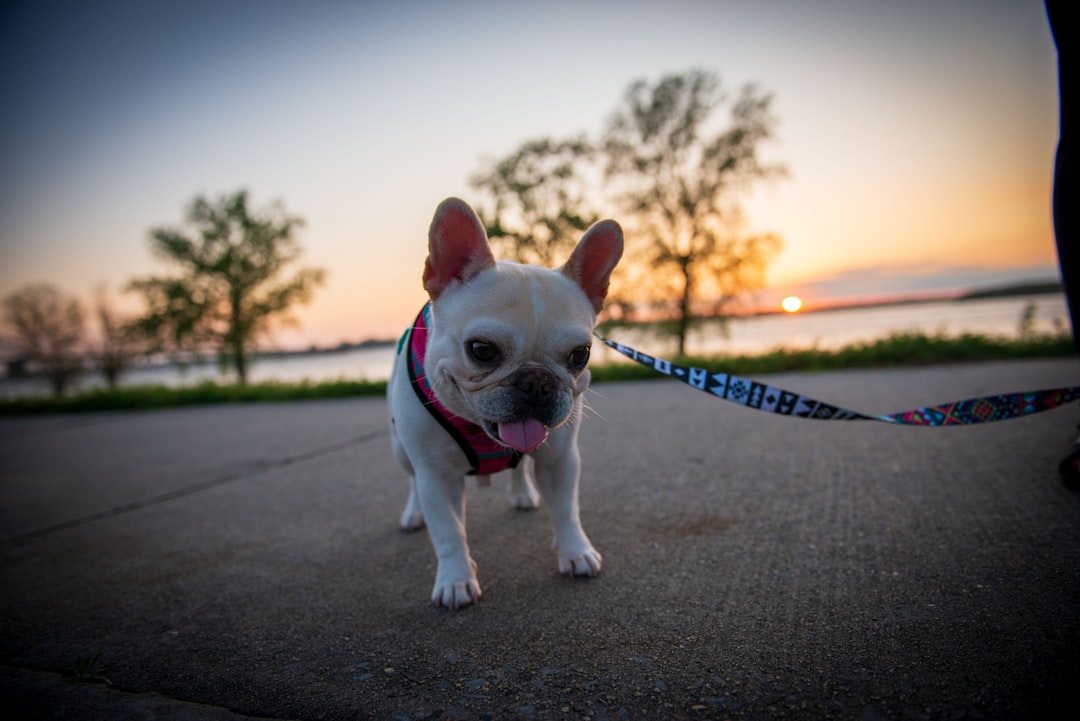
Choosing the perfect playpen for your pup can feel like selecting a new car. Do you want compact and cozy, or spacious and lavish? Let’s break it down, shall we?
Size Matters!
- Small Breeds: Think portable! A playpen around 24 inches tall should do the trick for your pint-sized pooch. After all, Chihuahuas don’t need a mansion!
- Medium Breeds: Aim for 36 inches tall. It’s like a suburban home for your dog in playpen, giving them room to stretch without risking a daring escape.
- Large Breeds: Go big or go home! A height of 48 inches is essential; you don’t want your Great Dane practicing parkour!
Types of Playpens
- Foldable: Perfect for travel or those spontaneous beach trips (who says dogs should miss out on sunbathing?).
- DIY: Customize your own! Whether it’s wood, wire, or foam, the choice is yours—just be mindful of your craftsmanship; we don’t want a tragic playpen collapse!
Choosing the right size and type of playpen is crucial. After all, your dog in playpen should feel like a wellness retreat, not a doggy prison!
Tips for Setting Up a Comfortable Playpen Environment
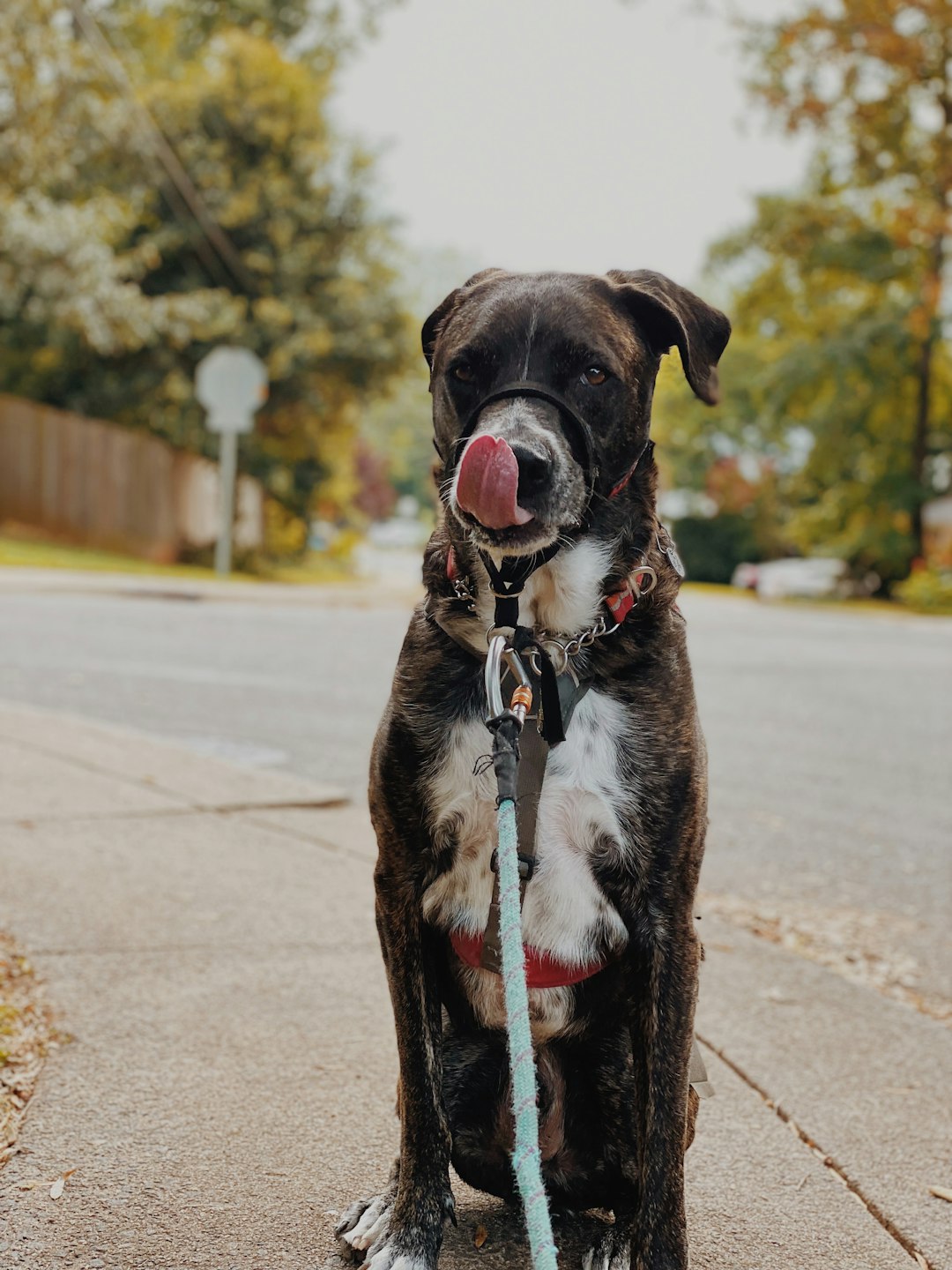
Creating a cozy paradise for your furry friend is crucial when setting up a dog in playpen. After all, we want them to feel like royalty, not like they’re trapped in a doggy jail! Here are some tips to transform their playpen into a five-star suite:
- Comfortable Bedding: Use soft blankets or dog beds to ensure your pup feels like they’re lounging on a cloud. Remember: a happy dog equals a happy pet parent!
- Toys Galore: Fill the playpen with chew toys, plushies, and puzzles. Variety is the spice of life! Rotate toys regularly to keep your dog engaged and avoid boredom.
- Water Station: Hydration is key! Include a spill-proof water bowl. No one wants their dog to turn the playpen into a small swimming pool!
- Safe Zone: Ensure it’s located in a quiet area away from stressors (like your neighbor’s loud leaf blower).
- Ventilation: If indoors, make sure the playpen has air circulation. We wouldn’t want our furry friend to feel like they’re in a stuffy sauna!
By following these tips, your dog in playpen will be bouncing with joy, feeling safe and comfy. Now, it’s time to pamper that pup! 🐾
Introducing Your Dog to the Playpen
So, you’ve got your cozy Dog in Playpen set up, looking like a luxury puppy suite. Now, it’s time for the grand unveiling! But hold your horses—this is a delicate operation. You don’t want your furball thinking the playpen is a temporary holding cell for misbehaving pups. Here’s how to make the introduction smoother than peanut butter:
- Start Slow: Let your dog explore the playpen while you supervise. It’s like setting up a blind date; give them time to get acquainted!
- Use Treats: Toss in some tasty treats to turn “The Playpen” into “The Place of Wonders.” Who wouldn’t want to hang out in a magical treat palace?
- Stay Positive: Use a cheerful tone to invite your dog into the playpen. Think of it as your high-energy game show host voice!
- Don’t Slam the Door: This isn’t a horror flick; avoid shutting the door too quickly. Your pup should feel that the playpen is their very own safe haven.
Introduce your fluffy friend to their new space, and before you know it, your Dog in Playpen will be feeling right at home!
Safety Features to Consider for Your Dog’s Playpen
When it comes to the ultimate fortress for your furry friend, a “Dog in Playpen” should resemble a luxurious penthouse, not a dungeon! Here are paw-some safety features to consider, ensuring your pup feels like royalty rather than a prisoner:
- Material Matters: Go for sturdy, non-toxic materials. Avoid anything your pooch could chew through like they’re auditioning for a demolition job.
- Height Control: Look for a pen high enough to keep your explorer contained but low enough to discourage the Olympic leaps—unless your dog is training for the canine gymnastics team!
- Secure Locking Mechanism: Opt for a playpen with locks. You don’t want an escape artist trying to stage a jailbreak!
- No Sharp Edges: Inspect for any jagged bits that might turn your darling into a canine pin cushion. Smooth as butter is the goal!
- Flooring Finesse: Choose a pen with a non-slip base. We all know how slippery tile can get during a zoomie session!
By concentrating on these safety features, your “Dog in Playpen” will chill in style, all while you sip your coffee, free of canine chaos! 🐶☕
Maintaining a Clean and Organized Playpen
Keeping your Dog in Playpen neat and tidy requires a strategy—after all, we want our furry friends to enjoy their space without launching into a landmine of toys and treats! Here’s how to keep that playpen spick-and-span:
Tips to Keep It Clean:
- Regular Inspections: Check for any surprise presents (you know what I mean) daily!
- Cleaning Schedule: Set a weekly clean-up day. Think of it as a spa day, but for the playpen.
- Washable Mats: Use washable matting to simplify cleanup—just toss it in the washer!
Organizing the Playpen:
- Tidy Toy Bins: Use labeled bins for toys. This also helps you pretend you’re organized in front of guests.
- Bedding Management: Keep bedding fresh and fluff it up regularly to avoid any “doggy smells” becoming part of the decor.
And remember, having a clean Dog in Playpen not only enhances your pup’s fun but also keeps their tail wagging with excitement!
Activities and Toys to Keep Your Dog Engaged
Keeping a Dog in Playpen entertained is like trying to teach a cat to fetch—challenging but totally doable! Here’s a list of activities and toys that’ll have your pup frolicking like a sunbeam:
Engaging Toys
- Interactive Puzzle Toys: They’ll keep Fido’s brain working harder than your coffee machine on a Monday morning.
- Kong Toys: Stuff these bad boys with peanut butter. It’s like gourmet dining without the need for a reservation!
- Squeaky Toys: Perfect for your pup if they prefer to channel their inner seal—just don’t expect them to share!
Activities
- Hide and Seek: Surprise! Not just for kids. Toss a treat in the pen and let the fun begin!
- Training Sessions: Teach some tricks! Your Dog in Playpen could be the next canine superstar—move over, Lassie!
Tips for Fun
- Rotate toys weekly to keep boredom at bay; it’s the canine equivalent of a closet refresh!
- Spend time inside the playpen with your dog. Humans + Dogs = Unmatched Joy!
Remember, a happy pup is a well-engaged pup, even in their cozy Dog in Playpen!
Transitioning Your Dog from the Playpen to Free Space
Congratulations! Your pup has mastered the fine art of chilling in their Dog in Playpen. But how do you release the furry tornado back into the wild—otherwise known as your living room? Here’s a humorous guide to making that big leap:
- Timing is Key: Wait until your dog is fully relaxed (preferably in a post-play nap). Trying to transition a bouncing ball of energy will lead to chaos. Think of your dog as a spring—let it rest to avoid a wild bounce!
- Gradual Release: Start with short periods outside the playpen. Begin with a minute and work your way up. Remember, the transition is about freedom, not a race!
- Supervised Freedom: Just like a toddler with a sugar high, ensure your dog doesn’t chew on your precious shoes or raid the trash can—because you love your dog, the shoes… not so much.
| Playpen Time | Free Time for Exploration |
|---|---|
| 1 minute | 5 minutes |
| 3 minutes | 10 minutes |
| 5 minutes | 20 minutes |
By ensuring a smooth transition, you can keep the peace in your home while giving your dog room to roam. A happy dog means a happy human! Just remember, while your Dog in Playpen has its perks, every pup secretly dreams of scaling Mount Couch!
Frequently Asked Questions
Why should I use a playpen for my dog?
Well, imagine if your dog could enjoy their ‘me-time’ without the threat of snacking on your favorite pair of shoes or digging through the garbage. A playpen creates a safe, designated area where your pup can frolic, chew, and nap without committing any minor ‘pet crimes.’ It’s like a doggy day spa meets Fort Knox!
What size playpen do I need for my dog?
Choosing a playpen size is a bit like picking a new outfit—always go for the one that fits! If you have a Great Dane, don’t try squeezing them into a cute little box meant for chihuahuas! Measure your dog when they’re all stretched out and ready to relax, then add a few extra inches for those melodramatic flops and rolls. Remember, comfort is key!
How do I train my dog to use the playpen?
Training your dog to appreciate the playpen is more of a subtle art than a blunt science. Start with positive reinforcement—treats, belly rubs, and a charming serenade are all great ways to make the playpen feel like a Hollywood premiere party instead of a boring enclosure. Gradually increase the time they spend inside while ensuring they associate the space with good vibes, just like their favorite bed—or that glorious patch of sunlight on the floor!
Can I leave my dog in the playpen while I’m out?
Ah, the age-old question of pet parenting. The answer is yes, but only once you’ve ensured it’s the doggy equivalent of a luxurious hotel. Check that they have their favorite toys, a cozy blanket, and perhaps a framed picture of you for a touch of nostalgia. But remember, don’t make it a daily routine, or your dog might start plotting their escape – dogs have been known to be cleverer than they let on!


